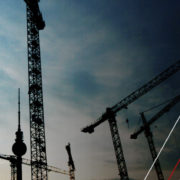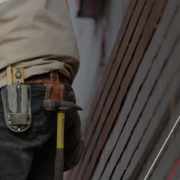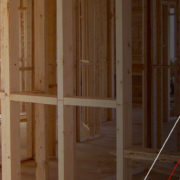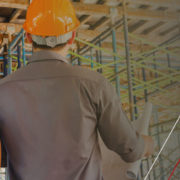How can the construction industry reduce its carbon footprint?
With the threat of global warming constantly looming, reducing the carbon footprint within the construction industry has become a point of upmost importance.
Eco friendly buildings are on the rise in the UK, and pressure is mounting to build in a more environmentally friendly way – so are we reaching our goal? The number of eco friendly construction companies is growing, and those who haven’t started using these methods may fall behind the times.
One of the main ways to become more environmentally friends is by using better insulation. The best ones, made from recycled material, reduce energy waste and have a low environmental impact. Buildings need to ensure that their hot water, heating, lighting and cooling systems all meet energy efficient measures. Windows, doors, vents and roof lights also need to be draught proofed.
Sustainable materials are also crucial. Cement production is responsible for around half of the industry’s CO2 output because of the energy required to make it, and the chemical reactions that are involved. Choosing an alternative cement that has different chemicals or use different methods such as wood, straw bales and compressed soil, have a much lower carbon footprint than cement.
The old adage of reduce, reuse, recycle is an important message with regards to reducing waste. Making sure that materials are not over ordered and recycling where ever possible is key. Sourcing materials locally is also a plus, because it means that there is less need for transporting them, and using materials that can be packed more efficiently and weigh less mean that energy is saved.
Optimising natural light and using solar power can be a great energy saver. Lighting can account for up to 40% of the energy used in a typical commercial building so making savings here seems obvious.
Water usage can also make savings. Efficient fixtures and appliances can reduce water usage. Reduced flush toilets and rain water harvesting are becoming more popular as people seek to reduce their costs as much as possible.
Passive houses are also becoming more prominent. Passive house is a rigorous, voluntary standard for energy efficiency in a building, reducing its ecological footprint. It results in ultra-low energy buildings that require little energy for space heating or cooling. Passive House is not a brand name, but a construction concept that can be applied by anyone and that has stood the test of practice.
Carbon reduction is a complex challenge, and companies that can demonstrate green credentials are at the top of the construction sector in the UK. Managing and reducing the carbon footprint is becoming increasingly important in such a fast paced industry as ours.












Leave a Reply
Want to join the discussion?Feel free to contribute!